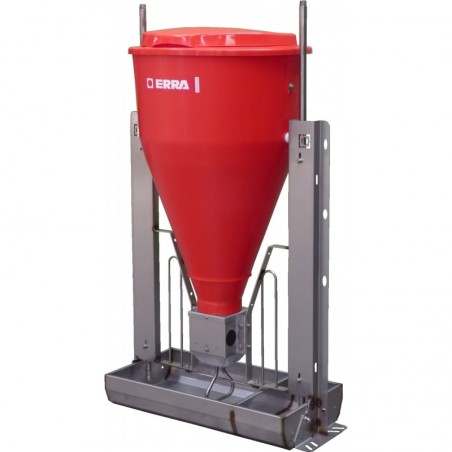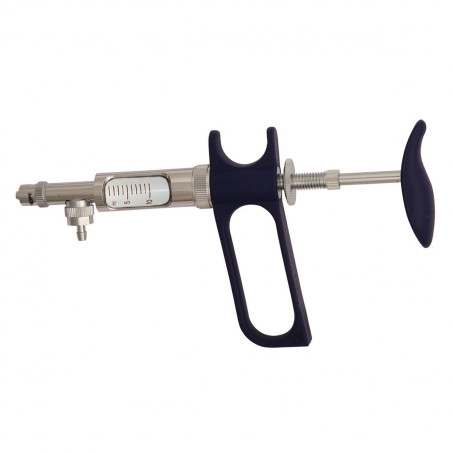We are testing new waters as an industry in the US as production and the traditional “truisms” about the response of price to levels of production are no longer offering useful information. These truisms were borne out of an age of stability where demand increased primarily by rate of population increase. However, with the stunning increases in world-wide per capita income, consumption of pork on a global basis is calling forth more supply without the traditional punishing price declines. As everyone knows, capturing that demand for most countries means fighting to be the exporter of choice for the large importing countries. Reliability, quality, and low cost are the three-legged stool on which stable growing demand sits.
Many of the medium sized importing countries are higher risk purchasers meaning they can quickly shift to other sellers, for a variety of reasons, and thereby thwart long-run investment in supplying countries gearing up to serve their long-term demand. While trade agreements are important stabilizers in the long run, there is far too much hand-wringing about disturbances in the old deals. While it creates some significant uncertainty, the future belongs to the reliable, quality, low cost production regions of the world as they have a form of economic resilience that is difficult to out maneuver by competitors except in the very short run.

Total forecasted average profitability for the year has eroded some, from about $25/head to around $12/head with the bulk of the jitters arising in the fourth quarter of 2018. Hogs are undergoing a normal seasonal decline in price at the present which should turn around by the end of March. Weaned pigs and feeder pigs prices have begun their tailspin but that is their normal pattern at this time of the year since purchases over the next few months mean selling finished animals in the declining prices just on the other side of the summer seasonal highs. Last year, of course, spectacular belly primal prices lifted and elongated the summer carcass peak prices a full 6 weeks or more after the typical summer price top. Apparently, piglet buyers are seeing that as a one-time event.
Just when it looked like the soybean meal prices might begin to raise the cost of production through higher feed costs shifting out of a long-term favorable and stable level, the predictable crop farmer response is emerging. Corn prices are so low now that they do not recover the cost of production for most producers so a recent survey has revealed that for the first time in over three decades, US producers may plant more acres to soybeans than to corn. This has been brewing for some time but the favorable switch to soybean acres is essentially an effort to keep paying the bills. This of course will dampen the upward price movement for soybeans that has been forming if it turns out to be true. Both acreages have been on the increase for 10-12 or more years as a trend but after the drought of 2012, corn acreage increases stalled out while soybean acres has continued to rocket upward. They are close to equal already and 2018 may be the magic moment when leading acreage switches from corn to soybeans.
Disease issues have emerged to seriously damage some producers profitability even though national average profitability is strong. Researchers remain somewhat frustrated at the annual and seasonal incidence of PRRS, the most economically important disease in the US. A cumulative incidence of 30% seems stubbornly entrenched and may be rooted in very stable practices, fixed and often concentrated production locations and even fixed transportation systems (roadways for instance) that force the movement of animals through the same geographic areas over and over regardless of risks. While bio-security, when fully deployed is very effective in most cases, even small slip ups allow the virus in and unfortunately these practices are implemented by fallible humans.
The US Pork export picture coming out of 2017 is just now finally known and broke the previous record of 2016 with a 6% increase in volume at 2.45 million metric tons according to the US Meat Export Federation in their latest report. Export value was $6.49 billion, up 9% year-over-year and according to the report, the 2nd highest export value, only exceeded by 2014. US pork exports now exceed 25% of total production. As we have noted previously, Mexico, Korea and Central and South America have driven the recent records but production is increasing quickly in Mexico and may dampen future growth for US pork once it comes on line. The overall outlook is slowly evolving but remains on target for a much better than expected outcome given the three to four percent increase emerging for total 2018 pork production.







